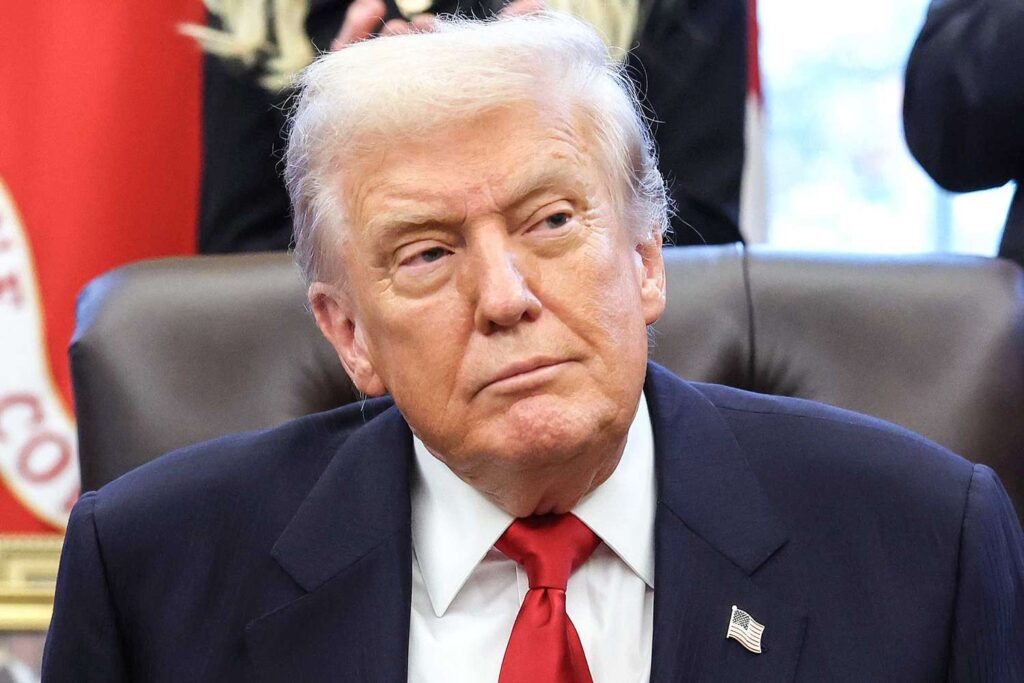What you need to know
The longest government shutdown in U.S. history ended on Wednesday, November 12, after President Donald Trump signed legislation reopening the federal government.
“The federal government will resume normal operations,” President Trump said at the signing ceremony at the White House. He also thanked Democratic senators who “did the right thing to end this madness” by voting in favor of the bill on Monday, Nov. 10.
President Trump added his signature to the bill just hours after it passed the U.S. House of Representatives. The vote was largely a party-line vote of 222-209, with just six Democrats joining the Republican majority. Two Republicans joined the remaining Democrats in voting no.
Graham Sloan/Bloomberg via Getty
The bill passed the Senate on Monday, November 10, with seven Democrats and independent Sen. Angus King of Maine voting in favor. Louisiana House Speaker Mike Johnson then called Congress into session for the first time since September 19, voting to end the 43-day shutdown.
The bill includes a “minibus” of three spending bills that would provide funding through September 2026, NBC News reported. The remaining government offices will remain open until January 30th.
Democrats refused to vote in favor of the bill in the Senate unless it included an extension of enhanced tax credits that lower the cost of health plans from the Affordable Care Act marketplaces. The tax cuts are scheduled to expire at the end of the year. Republicans maintained that this was an afterthought legislative battle and continued to blame Democrats for the government shutdown, even though they held majorities in both houses of Congress.
“Democrats are going to continue to vote to shut down the government, while Republicans are going to vote to reopen the government,” Johnson said on the floor before the vote. “And in doing so, we will get the American government back running and doing what it is supposed to do for its people.”
Anna Moneymaker/Getty
The bill includes full funding for the Supplemental Nutrition Assistance Program (SNAP) through September. More than 40 million Americans rely on SNAP, also known as food stamps.
According to the Associated Press, the Trump administration’s first layoffs of federal employees since the start of the government shutdown have also been reversed. Federal workers will be protected from additional layoffs through January and guaranteed to be paid once the shutdown ends.
Air travel may take some time to return to normal. Hours before President Trump signed the new bill, the Department of Transportation and the Federal Aviation Administration announced that flights at 40 major airports would be reduced by only 6% as more air traffic controllers who had to work without pay during the shutdown were brought back to work. There were plans to reduce flights by 10% by the end of the week.
Never miss a news. Sign up for PEOPLE’s free daily newsletter to stay up to date on the best of what PEOPLE has to offer, from celebrity news to human interest stories.
“If the FAA safety team determines that trend lines are moving in the right direction, we will provide a path to resume normal operations,” Transportation Secretary Sean Duffy said in a statement Wednesday.

